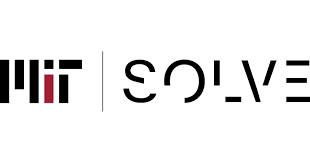How can everyone have access to the digital economy?
The pandemic has exacerbated the need to be connected in order to access jobs, training, and markets. However, the digital economy excludes over half of the world’s population who remain disconnected from the web, with more than half of Africa still offline, and 37 percent of rural US households with no access to broadband. This is an enormous missed opportunity: connecting the rest of the world could add $6.7 trillion to the economy and lift 500 million people out of poverty.
Building an inclusive digital economy—that affords everyone the opportunity to lead a dignified and productive life—will require access to digital services for everyone. It will also require reliable infrastructure, devices, and affordable data plans for all, particularly for those who do not have access in remote and rural areas. Further, access to commerce, credit lines, safety nets, and saving mechanisms are key for a global economy where nearly 2 billion people remain unbanked, and more than 60 percent of the workforce is informal.
The MIT Solve community is looking for technology-based solutions that ensure everyone has access to the digital economy. To that end, Solve seeks solutions that:
- Provide low-income, remote, and refugee communities access to digital infrastructure and safe, affordable internet.
- Equip everyone, regardless of age, gender, education, location, or ability, with culturally relevant digital literacy skills to enable participation in the digital economy.
- Scale safe and private digital identity and financial tools to allow people and small businesses to thrive in the digital economy.
Deadline to submit a solution is June 16th – you can do so here.

